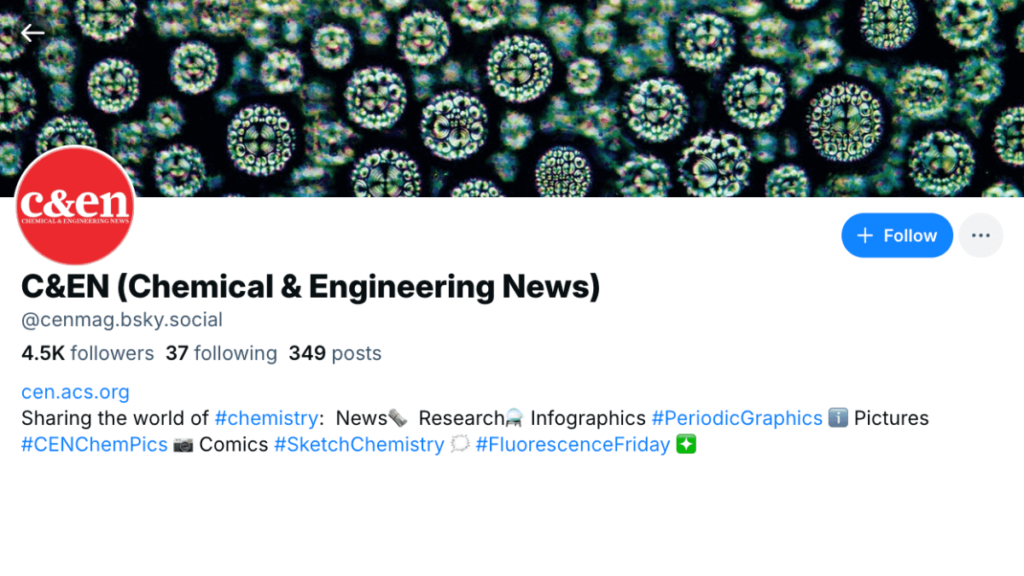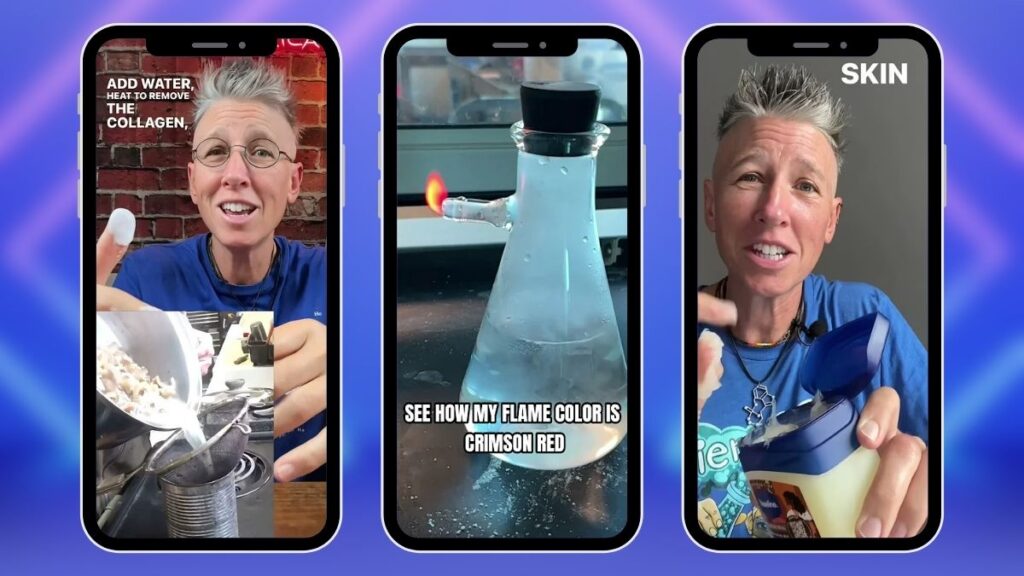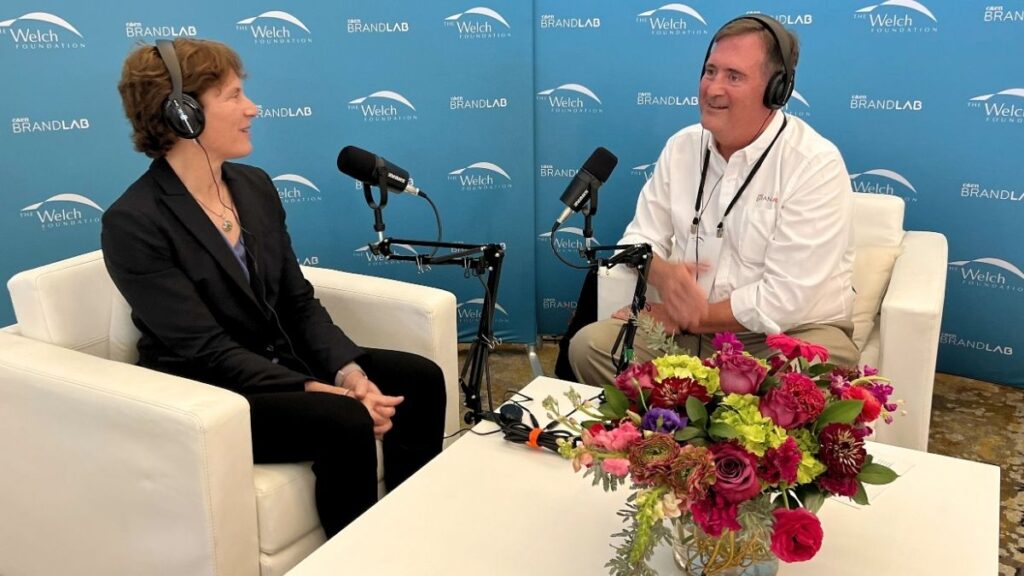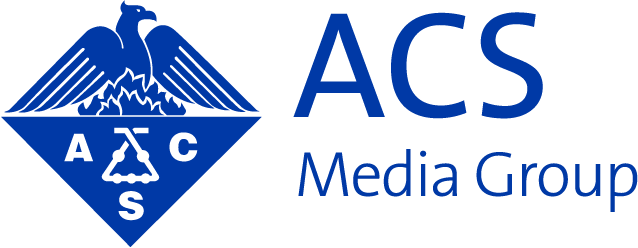It’s 2025, and science marketing and communications is more complex — and more important — than ever. Generative AI, new social platforms, declining trust, and new audience expectations are converging to reshape how scientific companies communicate with lab directors, researchers, purchasing managers, and other decision-makers.
To make sense of these changes, and understand how the landscape has evolved since 2024, we sat down with Shane Hanlon, PhD, executive editor of C&EN BrandLab. Trained as a conservation biologist, Hanlon has spent years translating complex science for diverse audiences. Now, he and his team at BrandLab are helping organizations reimagine how to reach scientists in a rapidly evolving media environment.
2025 Science Marketing Trends
Below, Hanlon offered insights on the biggest science marketing trends to watch — and how to prepare for a year of transformation.
1. Embrace Generative AI as a Tool, Not a Replacement

Generative AI usage has skyrocketed, and its influence on marketing is impossible to ignore. But the key, Hanlon noted, is to apply AI thoughtfully, rather than let it run your entire content pipeline.
AI is here. Don’t ignore it. But it’s most powerful as an ideation tool, not a plug-and-play solution. We’ll feed in a prompt to jump-start concepts or angles, then we refine it. We’re never just copy-pasting AI-generated content.”
– Shane Hanlon, PhD, executive editor of C&EN BrandLab
This distinction matters greatly in the sciences, in which accuracy is paramount. Mistakes or overreliance on automated output can fracture trust, already under threat in the current misinformation climate. A 2025 BrandLab study underscores the importance for marketers to tread carefully – more than 65% of chemists reported being concerned about the ethical and legal issues surrounding generative AI.
How Science Marketers Can Adapt:
- Experiment with AI tools for brainstorming, first-draft outlines, and short social posts.
- Maintain human oversight on quality, brand voice and final polish.
- Be transparent about how (and why) you use AI so it doesn’t erode credibility.
2. Build Trust in an Era of Misinformation
From social media rumors to the rolling back of fact-checking on certain platforms, misinformation is at an all-time high. By training, scientists are naturally skeptical, and that can make or break your communications strategy.
Building trust is super important. It can take years to build trust. It can take minutes to lose it.”
– Thomas Labuzienski, Sr. Marketing Comms Manager at Microsoft
“Scientists want the data,” Hanlon said. “They’re not suspicious in a negative way; they just want to understand the facts. That inquisitive nature gets misconstrued as standoffish. Really, they just want to see the evidence behind your claims.”
To foster genuine trust, marketers must offer transparent proof points, feature real people, and avoid overly “sales-y” messages.
“Building trust is super important. It can take years to build trust. It can take minutes to lose it,” Thomas Labuzienski, Senior Marketing Communications Manager at Microsoft, said at C&EN’s 2024 Science Marketing Summit. “For Microsoft, we haven’t been working with this audience for very long… if we’re making a big announcement, we better have the data to show scientists, because they are skeptical, they’re curious, they want to see it.”
How Science Marketers Can Adapt:
- Lead with substance. Provide case studies, third-party research, and testimonials from credible voices.
- Show your work. Offer references and sources for facts and figures, just as you would in a research setting.
3. Go Beyond “Humanizing” Your Brand — Personalize It

Humanization has become a buzzword in marketing. But does simply featuring a friendly tone or using casual language go far enough? Hanlon said no. What scientists (and non-scientists, for that matter) really connect with is personalization.
“It’s not enough to humanize a brand,” Hanlon noted. “The next step is personalization: literally showing the people and processes behind what you offer. When you highlight how your product or service changes someone’s day-to-day, that resonates with the scientific community.”
In other words, pair your friendlier tone with real narratives. If you market lab instrumentation, feature a principal investigator who used your instrument to solve a complex research challenge. If you offer software for R&D, highlight an actual team that accelerated discoveries thanks to your platform.
How Science Marketers Can Adapt:
- Spotlight real people. Scientist testimonials, success stories, and behind-the-scenes glimpses build tangible credibility.
- Use multichannel storytelling. Consider short-form videos, blog posts, and interactive infographics to convey success stories.
- Invite dialogue. Scientists appreciate the chance to interact, ask questions, and dive deeper into your claims.
4. Evolve Your Platform Strategy (But Don’t Spread Yourself Too Thin)

Until recently, “Science Twitter” was a hub for professional banter, quick-hit data, and networking. Today, it’s fragmented. Many researchers have migrated to Instagram, LinkedIn, or newer platforms like BlueSky. Meanwhile, short-form video content is popular among younger scientists — and ephemeral content, like Instagram Stories, can still provide touchpoints for brand awareness.
“Platform migrations will keep happening,” Hanlon said. “We don’t need to be everywhere. We do need to figure out which channels are right for our audiences — and tailor our approach accordingly.”
How Science Marketers Can Adapt:
- Audit your target audience. Which platform do they actually use, and why?
- Engage early on emerging platforms to see if they align with your goals.
- Don’t duplicate content. Customize your voice, format, and visuals for each channel — or skip it altogether if it’s not relevant.
5. Rethink Influencer Marketing

Influencer marketing might seem like an odd fit for the science community. But as with other sectors, credible, knowledgeable voices can sway opinion and spark conversation.
“There are science influencers with huge followings,” Hanlon acknowledged. “The difference is, scientists will quickly vet who’s legit and who’s not. If you partner with a voice they trust — a well-known researcher or communicator — then yes, that can be very powerful.”
The same rule applies to your organization’s own subject-matter experts. Not every scientist wants to be a public face, so find willing experts who can (and want to) communicate effectively. Authenticity counts more than title.
“I think what’s most important, and I share this with my fellow creators, is to have a really positive creator, you know, a creator that really is doing good,” said Chemical Kim, an influencer and science educator, at the 2024 Science Marketing Summit. “The deal I did with Pfizer, I thought it was fantastic. Pfizer reached out to me and said, we don’t want you to advertise Pfizer. We just want to support science education.”
How Science Marketers Can Adapt:
- Identify trusted voices. Look for science communicators with a proven track record of accuracy and audience respect.
- Offer support. Provide media training, editorial guidance, or co-creation options for subject-matter experts.
- Be transparent about sponsorships or collaborations.
6. Prioritize Diversity, Equity and Inclusion — Through Action
Younger scientists, in particular, expect the brands they follow (and buy from) to champion diversity and inclusion. But “talk” without “walk” won’t cut it.
“It’s put up or shut up,” Hanlon said. “We can’t simply say, ‘We’re committed to DEI’. We need to show initiatives and investments that prove it.”
From featuring more diverse scientists in case studies to ensuring your content is accessible to global audiences, DEI is no longer a side note. It’s a core brand value that scientists will question and critique.
How to Adapt:
- Practice what you preach. Highlight real programs, data, and proof of investment in DEI.
- Ensure accessibility. Provide alt text, robust color contrast, closed captions, and multilingual resources when appropriate.
- Be ready for scrutiny. Scientists will notice if your stated values don’t align with actions.
7. Move Beyond Lead Generation for Deeper Engagement

When budgets tighten, the reflex is to focus on gathering leads. While lead generation is key, Hanlon warns that it shouldn’t be your only North star.
There’s more than lead gen,” he explained. “You can still measure ROI with content that sparks long-term trust and loyalty. Some of the most impactful pieces might not have a one-to-one link to a sale — but they build your brand’s credibility for the future.”
Balancing the demand for leads with genuine thought leadership can pay dividends, especially in big-ticket, high-stakes purchasing decisions typical of the scientific industry.
How Science Marketers Can Adapt:
- Create top-of-funnel value. E-books, how-to guides, and industry analyses gain trust over time.
- Measure differently. Track engagement, shares, sentiment, and repeat site visits — not just gated-form downloads.
- Highlight bigger wins. Show how brand-building content can enhance overall brand perception and reduce friction in sales cycles.
8. Humor Is an Asset — Don’t Be Afraid to Use It

Despite the stereotype that scientists are always serious, Hanlon shared a key insight: “Scientists have to have a sense of humor” because research so often involves setbacks. He recalled a Twitter campaign on “fieldwork fails,” later turned into a book, celebrating all the mishaps researchers encountered in the field.
“It was wildly successful,” Hanlon said. “It doesn’t cheapen the scientific endeavor. If anything, it brings people in.”
Marketers should take note. Technical accuracy is paramount, but levity and storytelling can help break down walls of skepticism.
How Science Marketers Can Adapt:
- Highlight the human side. Don’t be afraid to talk about experiments that flop or other mistakes.
- Stay connected to the audience. Observe conversations on social media to understand scientists’ appreciation for and sense of humor.


















